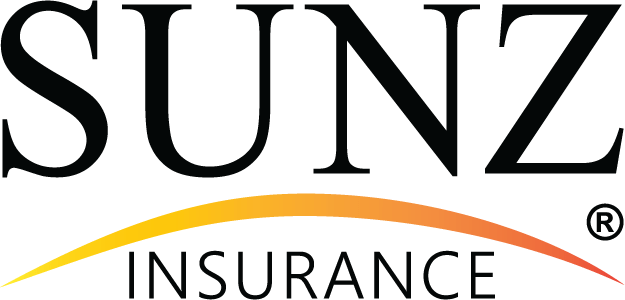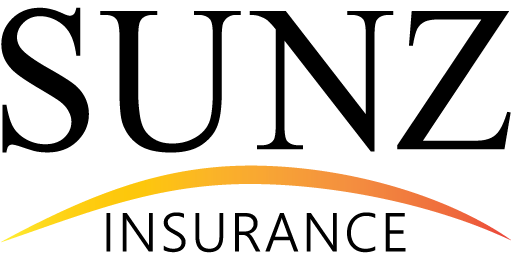Return to work planning for late 2020 or early 2021 can be challenging and complicated when considering the potential health dangers of COVID-19. As companies continue navigating the process of returning to work, it’s imperative to understand how the virus spreads, methods to prevent the spread, and the updated OSHA guidelines on recordkeeping.
How COVID-19 Spreads
COVID-19 spreads very quickly from person to person, and while some people are infectious before they have symptoms, some never develop symptoms. We know that studies have shown COVID-19 spreads between people who are in close contact with one another of less than six feet and it is contagious through respiratory droplets produced when an infected person coughs, sneezes, or talks.
The second way researchers have found this virus is transmitted is by the virus living on surfaces. It is important to maintain a clean workplace and to provide necessary training and materials for your housekeeping staff and employees. To disinfect surfaces, it is important to clean them first using soap and water, especially if they are visibly dirty, before using a disinfectant. The EPA published a list of registered products that are approved for use against the virus. It’s important to follow the manufacturer’s instructions or SDS (Safety Data Sheet) for using those products.
For those of us developing return to work plans, or in supervisory roles, it is important to watch employees for signs of emotional impact or distress over the coming weeks and months. Employees want to trust you as they return to work, so show compassion, provide stability, and share the hope that we will get through this together. And above all, keep communicating, be as transparent as possible, and provide those necessary flexibilities that can make a difference.
Methods to Prevent the Spread
To prevent or reduce transmission of COVID-19, educate employees on the top ways to minimize the spread, such as any company policies, general hygiene, cleaning and disinfection, wearing a mask, social distancing, safe work practices, and stress management.
It is an employer’s responsibility to ensure the work environment is healthy and sanitary. To do this, follow the guidance on enhanced cleaning and disinfecting, routinely clean off high-touch surfaces, provide disinfecting wipes, and discourage workers from sharing items when possible.
The U.S. Government and your local state agencies also provide materials, guidance, recommendations, and helpful guides to understand the virus, how it spreads, and reasonable measures that can be taken in your professional environment to slow or stop the spread of the virus. Here’s a link to view the CDC’s tips and guidelines to prevent the spread of COVID-19.
Eliminating hazards from COVID-19 remains a top priority for OSHA
Employers may be responsible for workplace safety violations related to the coronavirus outbreak under OSHA’s “general duty” clause, which requires that each employer furnishes its employees a workplace that is free from recognized hazards that are causing or likely to cause death or serious physical harm. In a pandemic, an employer could be cited for a general duty clause violation where, for example, the virus was present in the workplace, and the employer’s efforts to control exposure were insufficient or employees were required to perform tasks that exposed them to the virus without adequate PPE. To avoid violating the general duty clause, employers should employ the strategies that prevent and reduce transmission and should remain up to date on the latest OSHA and CDC guidance and state and local requirements.
OSHA will continue to prioritize COVID-19 cases. OSHA is receiving complaints from affected workers in non-essential businesses as more states are taking steps to reopen their economies. Please frequently check OSHA’s webpage for updates.
Updated OSHA Recordkeeping Guidelines
Under OSHA’s updated recordkeeping requirements, COVID-19 is a recordable illness, which means all employers* must:
- Report to OSHA within 24 hours of hospitalization if the employee has been admitted to a hospital inpatient setting due to COVID-19 and the hospitalization occurred within 24 hours of workplace exposure to COVID-19.
- Report a fatality that has occurred within 30 days of a COVID-19 work-related incident. The employer must report the death within eight hours of finding out.
- Understand that a COVID-19 “work-related incident” is exposure to COVID-19 at work.
*There are two classes of employers that are partially exempt from routinely keeping injury and illness records. First, employers with ten or fewer employees at all times during the previous calendar year are exempt from routinely keeping OSHA injury and illness records. OSHA’s revised recordkeeping regulation maintains this exemption, but they must report any illness that results in death, in-patient hospitalization, amputation, or loss of an eye. Second, establishments in certain low-hazard industries are also partially exempt from routinely keeping OSHA injury and illness records.


